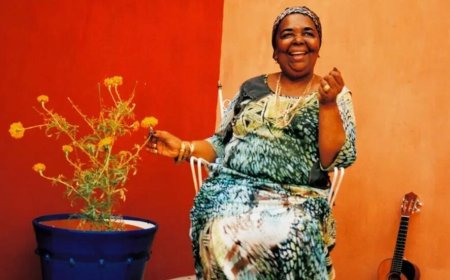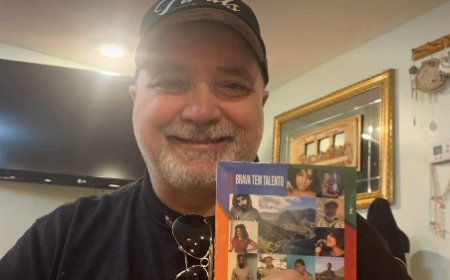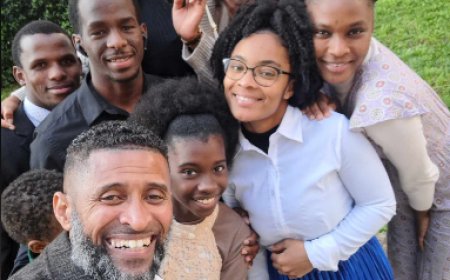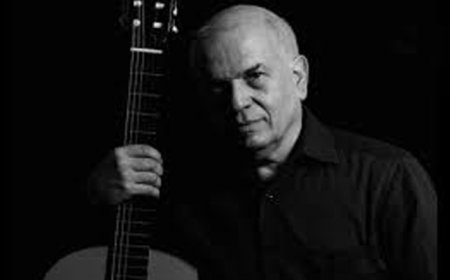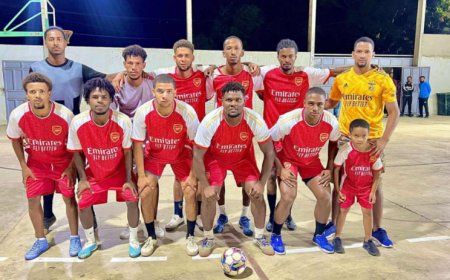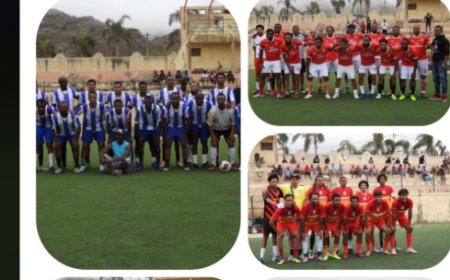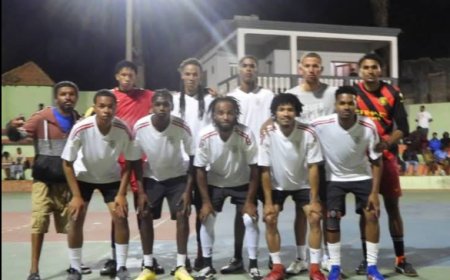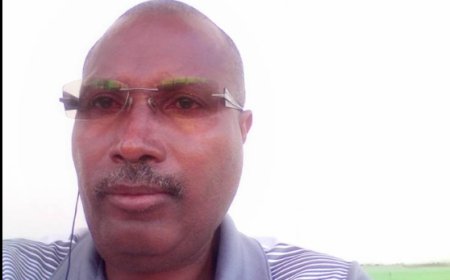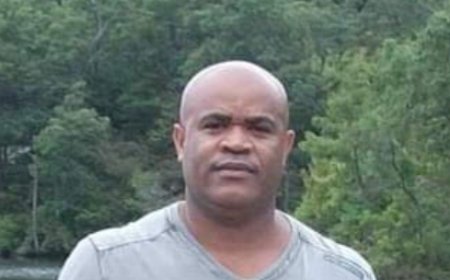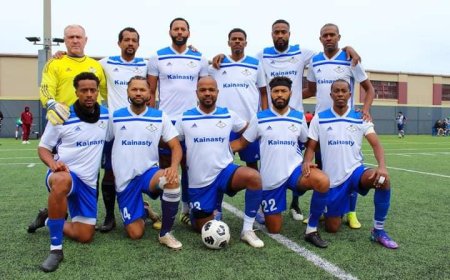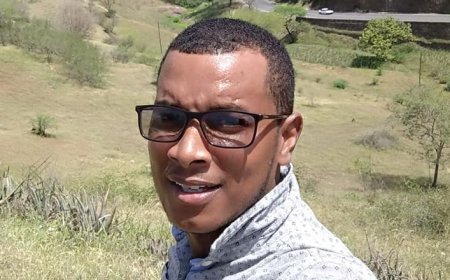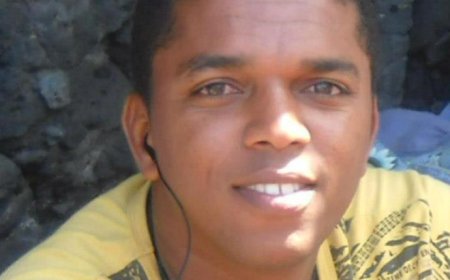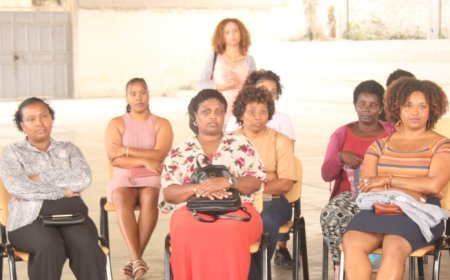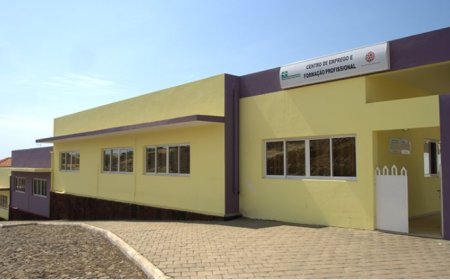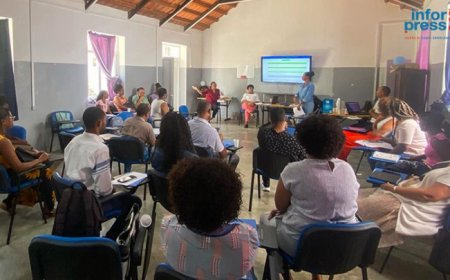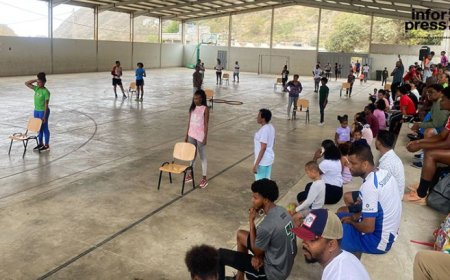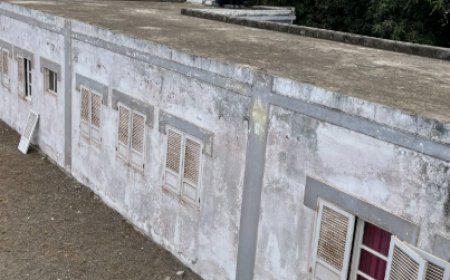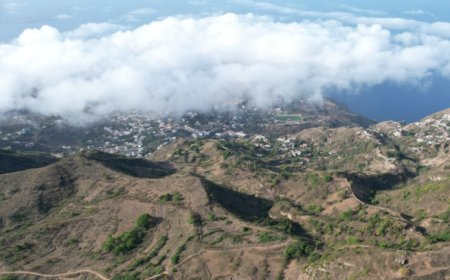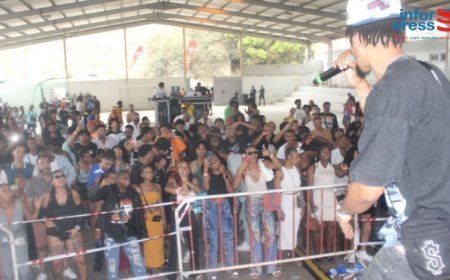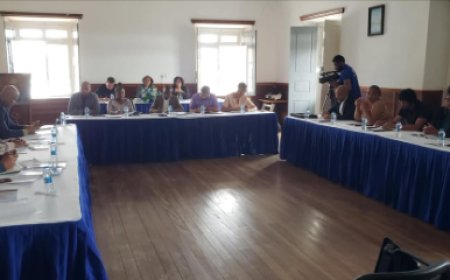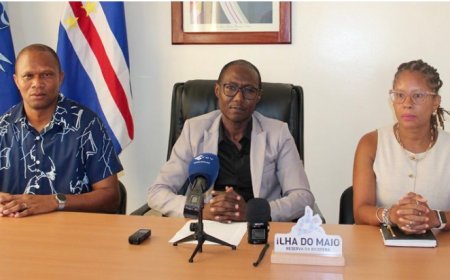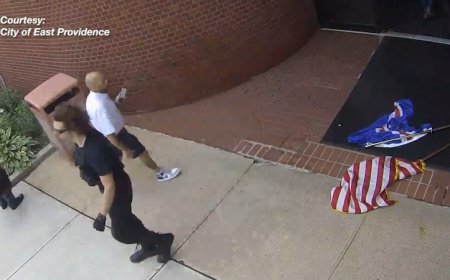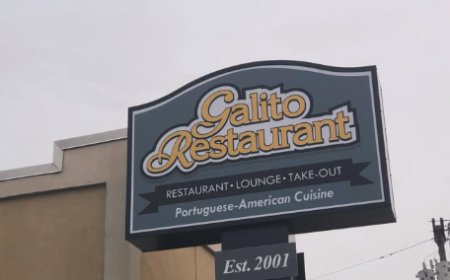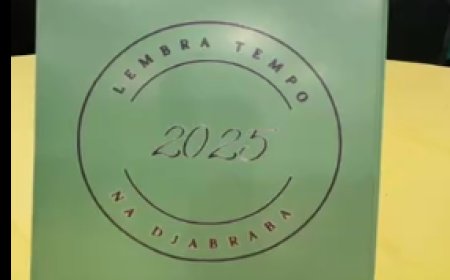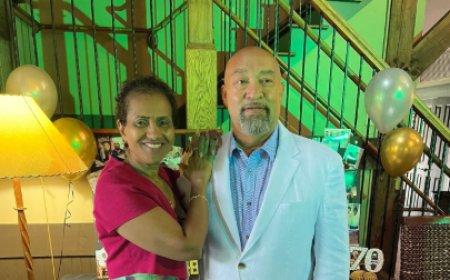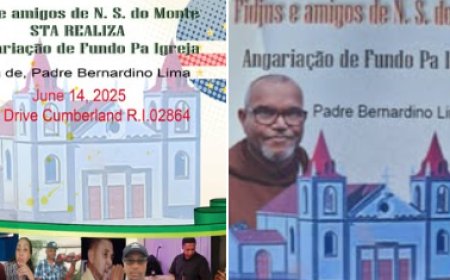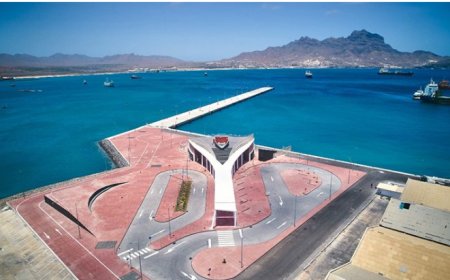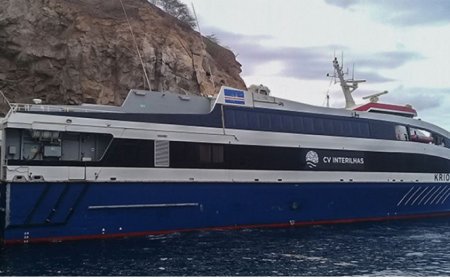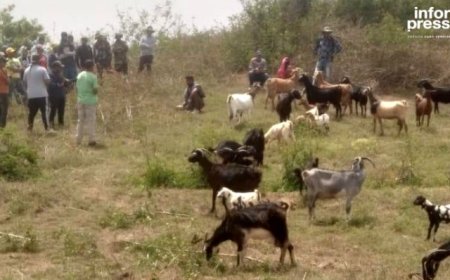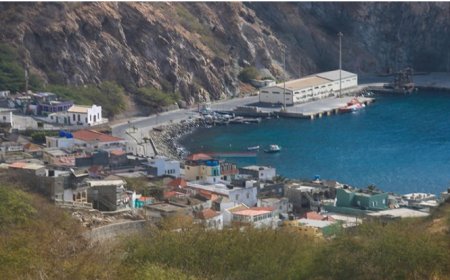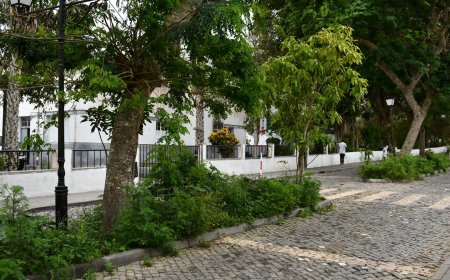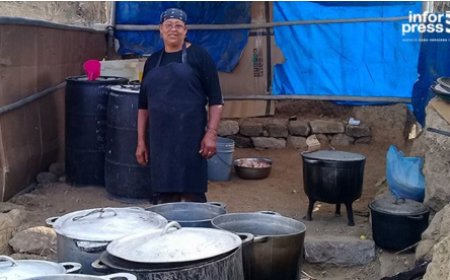São João Baptista/Brava: Henrique de Pina once again appeals to the need to continue to fulfill the tradition of the maypole
Henrique de Pina, 79 years old, who has been lining the “Mastro” since he was 12, living and keeping this tradition alive in the three “Bandeira” parties of Ilha Brava, asks young people and entities to look for ways to learn.
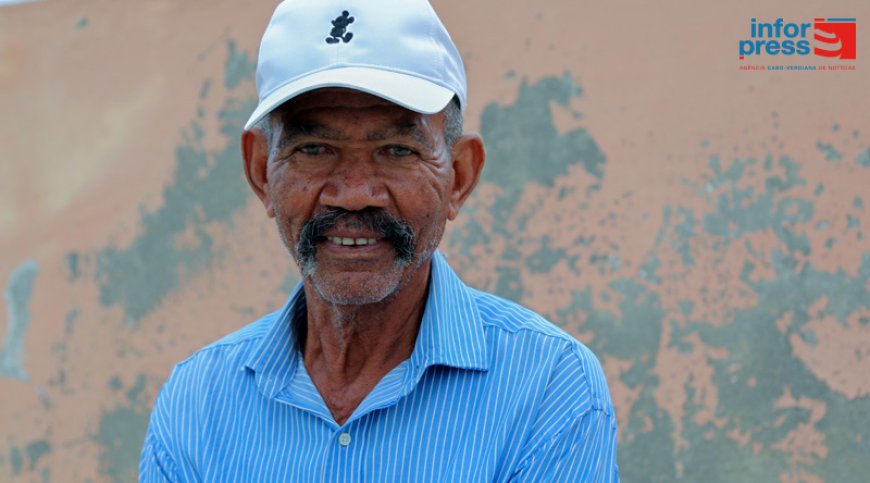
Henrique de Pina, 79 years old, who has been lining the “Mastro” since he was 12, living and keeping this tradition alive in the three “Bandeira” parties of Ilha Brava, asks young people and entities to look for ways to learn.
The island has a strong tradition in terms of the Flag, but there are those, Santo António, São João and São Pedro, which, since antiquity, wear “Masts” in Cutelo, Vila de Nova Sintra, not preventing other people from making small flagpoles in their homes or localities, but the “father” mast is in Cutelo.
However, for some decades now, only one man has dedicated himself and tried to keep the tradition alive and, therefore, fears that it will end up being lost or dying, as has been happening with the other traditions of the island.
As he told Inforpress, his ambition and desire to make the Mast started at the age of 12, in ancient times, which he recalled as being the “time of Nho Tui, Nho Totoy, Frank”, figures who dressed the “Mast”, in that he, still a boy, sat on the Cleaver, and paid attention to each step they took to make and dress the Mast.
But now, according to the “masteiro”, no young person demonstrates this ambition or desire to learn and do the Mastro and in this regard he argues that even the entities on the island should strive to maintain this tradition, either through training or nominating someone to learn from him, because on the verge of 80 years old and with some health problems, he doesn't know how long he will last.
"It's the island's tradition and everyone thinks it's beautiful, but nobody wants to learn", lamented Henrique Pina, stressing that everything that was genuine and traditional on the island is being lost, especially the spirit of mutual help and the desire to do that. which is "earth-earth".
He remembered that as a child, at all the “Bandeira” parties, he would go to Cutelo, and watch people make the “lintels”, or the structure of the Mast, then they would dress him, and he would climb the Mast and place the “mustareu”, a stick that is hoisted to the flag at the end and, as a reward, receives a canasta (bread in different formats) that he takes to have coffee with his mother and another brother.
The almost octogenarian, because if God gives him life and health he will turn 80 in September of this year, was moved to remember that, in the old days, things were very different, because at the flag festivals, there were many traditional activities that today are no longer are remembered and not realized.
He spoke of the “break pot”, “catching something”, where they hung rings on the horses and people would catch them.
He also remembered a horse called Kalifa, which he described as being a white horse, which danced and did not hurt anyone, entered the houses, regardless of whether it was a house or not, but the horse had to climb to dance in every house it passed , according to the ritual of the island.
“This horse, when he felt the stick on the drum, danced along with the coladeiras, as if he were a person”, he said, in a mixture of joy and sadness, for seeing the tradition “die day after day”.
He also recalled that at the time, “good fairs” were held, stalls and everything was very good. But now, he added, "they are eliminating many of these traditions."
And today, first thing in the morning, at 7:00 am, the ritual will once again be carried out and the entire island will be present in a lively parade, heading to Cutelo Grande, where they will “dress” the Mast.
Around 17:00, the “boat” is given, that is, the Mast is knocked down and people go to take what they can and who wants to take the “Bandeira” to celebrate the following year.
At this time, everyone moves to Cutelo, some in the procession along with the flag and the players and coladeiras, others alone, to draw luck and try to buy off some goods that were on the Mast, which according to it put a little of everything , from bread, fruits, flowers, bananas, drinks, money, among others.
This mastmaster's mission ends annually with the dinghy to the mast of São Paulo and São Pedro, which takes place on the 29th of June.
inforpress
